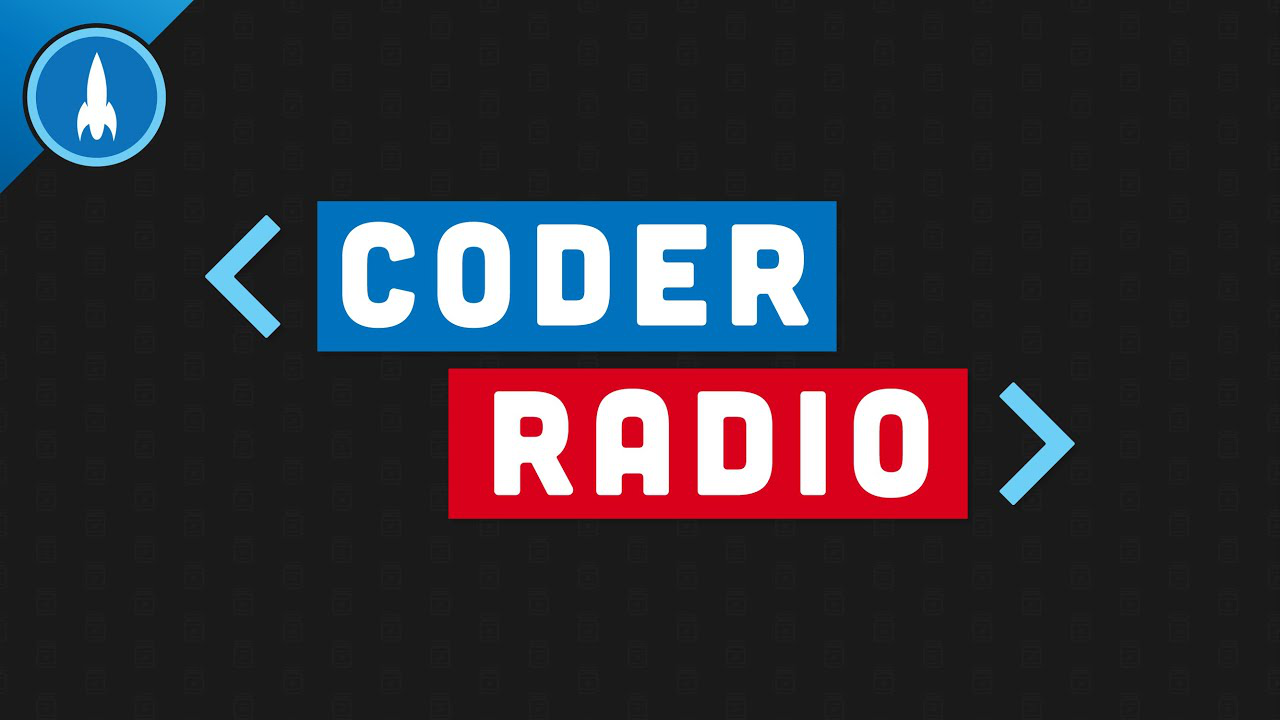51: Living Room Brawl
27 May 2013
Mike’s had his Ouya for a couple weeks and shares his review, plus Microsoft announces the Xbox One but the developer situation seems a bit murky. Meanwhile Chris suspects the world is ignoring the big chances Apple could dominate the living in just a few minutes, with the push of some bits. Plus picking the right language for an open source project, Openshift v Heroku, and thoughts on the future of Go.
Hosts
Episode Links
Feedback
- Oded writes:
“The whole point of the Oracle Google suit was that Oracle was passed that Google didn’t use their VM but instead wrote their own VM based on the open Java language specifications. So given that I don’t see Java language specification being closed any time soon, and that Google are unlikely to drop their Dalvik implementation (especially after basically getting a softlap on the wrist in the courts), TechCrunch’s Java question was stupid, Larry Page fscked up not calling them out (maybe he was sick) and you guyshould have picked up in this.”
-
Mike is developing an HTML5 tool and asks if we feel the Apple Mac App Store is more profitable than the Chrome Webstore and WinRT Store combined.
-
Spindl — Zane’s new Ubuntu app:https://zaneswafford.com/hamburger/ AKA Hamburger project
-
Matt asks what we think of Openshift v Heroku and if we think Google is likely to kill Go
-
Trond asks if he should use C or C++ for an OSS library
-
Michael bought a year of Godaddy using our code (nice) and wonders what PHP MVC framework he should try
-
Chris asks if we think Xbox One will have an XNA like SDK — if so what will it be?
Ouya Review
Let’s say everything goes exactly right for Ouya. Every good game in the Play Store becomes available to Ouya, Netflix and Amazon decide to play nice with the device, and the ROM and hacker community explode and make every app and many more available to the nascent platform. Then and only then, Ouya can be viable — if it can combine a decent set-top box with a decent gaming platform, it may have a case to make for your $99. But those are a lot of cards that have to fall a particular way, and without them the Ouya is a lot more like a Raspberry Pi than an Xbox 360.
Anyway that was my experience with the console. It’s still early, but the platform seems to be shaping up nicely. Only time will tell if it can actually grab the attention of gamers everywhere.
It’s difficult not to weigh the Ouya’s current shortcomings against all of its grand, much-publicized promise, but all of that grandiosity has to be reconciled with an important fact: The Ouya costs $99. Even if competent mobile ports are the best games the Ouya ever gets, that’s an incredibly low barrier of entry for consumers and developers alike. How many good games does it take to be considered a good return on a $99 investment? One? Five? 10?
XBox One For Devs
So the leaders of the indie game community clearly weren’t thrilled by the Xbox One reveal. But does that mean that Microsoft is hanging them out to dry? Possibly. An independent developer who has worked with Microsoft in the past told NBC News that “premium” has become something of a buzzword for the company’s new console, as if to emphasize that the company wants to maintain a strong hand in curating all gaming content that appears on XBLA.
A few developers have weighed in on the Xbox One reveal, with many citing confusion over why we have to have Kinect 2 enabled all the time, and why the main focus was on the television aspect of the console — and not the games.
Microsoft on Thursday revealed new details about its “NUads,” which are coming to Xbox Live this fall. NUads are interactive advertisements that put the Kinect’s motion-sensing and voice-detecting abilities to work.
In an application filed in December 2010 but just made public last week, Microsoft sought to patent an advertising engine that gauges people’s emotional states based on their search queries, emails, instant messages and use of online games, as well as facial expressions, speech patterns and body movements. The ad engine is device-agnostic; as Microsoft noted in its application, “client devices” could include personal digital assistants, smart phones, laptops, PCs and gaming devices.
A patent filed by Microsoft indicates that Kinect could count the number of viewers watching (or playing) content and allow the content supplier toharge a fee per person.


